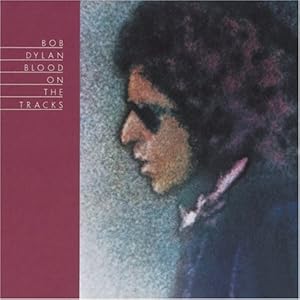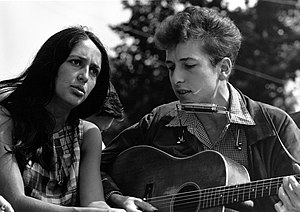 |
| Hunter S. Thompson, 1988 (Wikipedia) |
I first heard of the expression, “buy the ticket, take the ride” when I read Tom Wolfe’s The Electric Kool-Aide Acid Test.
At the time, while I tripped along the words, riding along in the Magic Bus with Ken Kesey and his gang of acid-trippin’ hippies (including Neal Cassady and Hunter S. Thompson), I had never read anything by Hunter S. Thompson.
I had the fortune to see the movie “Fear and Loathing in Las Vegas”, starring Johnny Depp and Benicio del Toro while I was living in Santa Monica, getting my bachelor’s degree in American Literature and Culture.
Kind of ironic, if you think about it, that the very man Tom Wolfe deemed the twentieth century’s greatest writer in the English language would never appear in any of the coursework I took at UCLA. Maybe he had been discussed in another class’s coursework, but none of mine.
Anyhow, when I first saw “Fear and Loathing”, it made me feel like I was on some serious hard-core drugs. And, at that point, I hadn’t done anything beside drink and smoke pot. A quasi-square, if you will. Well, not really.
I don’t know why, but it took me about nine years to get around to reading the book. It was one of those that you get sucked into, the depravity, paranoia, and excess fascinating you just as much as it repulses you.
It makes you laugh because of how ridiculous the characters are, and because you can also identify with the protagonist and his side-kick- at least just a little bit.
Truthfully, reading the book made me very anxious and weary for sometime after it, which testifies not only to the connection Thompson was able to establish with his readers, but also to his powerful writing abilities.
Hunter S. Thompson believed that writers were rock stars, and I fail to come up with a better way to describe his lifestyle.
I don’t profess to be an expert on his writing or his life, but after watching “Gonzo: The Life and Writing of Hunter S. Thompson” and “Buy the Ticket, Take the Ride”, I’m convinced more than ever that this man was truly a gem of a human being.
Definitely a drugged-up, violent, balls-out kind of gem in all of his lunacy, but still something special nonetheless.
Here was a man who drank a bottle of Wild Turkey a day, did a vast rainbow of drugs (uppers, downers, hallucinogenics, you name it), had 22 loaded guns in his home, ran with the Hells Angels, tripped with the Kensian Hippies, drove crazy fast, woke up at 5pm to start his day and ended up shooting his brains out the way Hemingway had.
He was unprofessional, individualistic to an extreme, and lived in mad, mad ways that many upstanding citizens couldn’t even construe in their wildest nightmares.
Aside from that, his journalistic style was reflective of his inability to divorce reality from fantasy, and most of the time revolved around his antics rather than the events he was supposed to be reporting on.
Aside from the craziness, whether or not one is willing to admit it, Thompson was also a brilliant writer and photographer that blazed massive trails into this fictionalized, hallucinatory new type of journalism.
I think what’s most interesting about his character (and he was a character, one that he created and would have to live up to) was how much he cared about society.
He believed in the right to the American Dream, in people’s rights to live however the fuck they wanted, and was very politically involved (he even ran for Mayor of Aspen, the two-thumbed Gonzo fist becoming his character’s personal logo).
He cared deeply about his “doomed generation”, and from what I’ve seen, it pained him greatly to see his country being consistently faced with adversity, whether it be war, anti-drug policies, or the loss of faith in freedom.
People were drawn to this man - actors, artists, women - and I can see why. I’ve been thinking a lot lately about squares and how many people are trapped in their way of living so as not to appear a certain way to others, or so that others will open their doors to them.
I think that the economic hardships that have plagued our country in the past three or four years, individuality has suffered a great deal, for everyone is trying to fit into that cookie-cutter image in order to find and maintain a job.
Maybe that’s not so for others, but I personally have felt this kind of pressure to act, think, behave and dress in such a boring fashion in order to find gainful employment that it makes me yearn for more and more craziness.
I don’t necessarily promote the violence or boyish antics that he employed, but do believe that Thompson lived his life in a big, colorful, vibrant manner. He was constantly in the face of death, on the brink, toeing the edge - and there’s a lot to say about that.
To play it safe is to drown in boredom. To me, life isn’t about staying in check; it isn’t about behaving so as to please the masses. It’s about passion and doing what makes your head spin and your heart smile, and sometimes about telling the status quo establishments to fuck off.
What can I say, I think Hunter S. Thompson’s life and body of work are great sources of inspiration. We have to remember that life is meant to be lived, and not simply endured.







